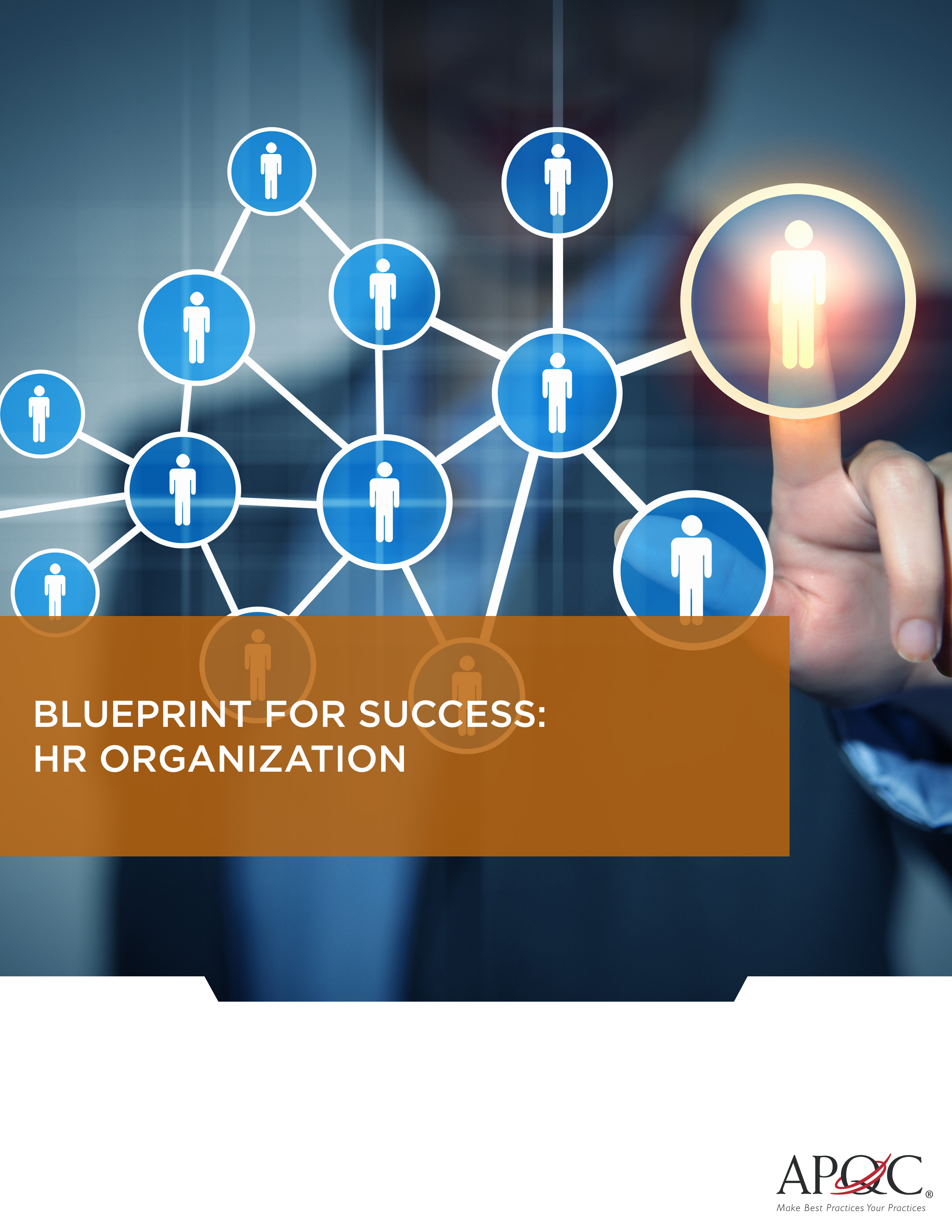 Augmented reality—AR for short—has the potential to completely redefine what it means to be a skilled worker. I read this prediction in a recent Entrepreneur magazine article: The Augmented Reality Workforce is Coming. Here are some snippets from the article.
Augmented reality—AR for short—has the potential to completely redefine what it means to be a skilled worker. I read this prediction in a recent Entrepreneur magazine article: The Augmented Reality Workforce is Coming. Here are some snippets from the article. - “Thanks to recent developments in AR, jobs that once required years of training and practice can now be completed without prior knowledge or experience, and workers can do these jobs equipped with as little as a smartphone.”
- “Augmented reality can provide workers with digital manuals complete with 3D renderings that can be superimposed onto the objects they are working on, to follow step-by-step instructions, which can be applied to just about anything: assembling furniture, repairing cars, plumbing, electrical work, pipeline maintenance—even the most complex of tasks.”
This idea of having step-by-step instructions delivered on-demand to workers via technology isn’t new. Who hasn’t used Google or YouTube in a pinch to learn how to do something for work?
What is new, and what makes AR potentially transformative for workers, is its ability to superimpose these instructions onto objects that are being worked on. Given the ease with which they have adopted Google and YouTube, workers will likely take to AR quite readily. And, I agree with the entrepreneur.com article. AR promises to be transformative for workers and employers.
In fact, AR’s promise of providing step-by-step instructions that anyone can follow to perform even complex tasks, is a promise that we have been working on at APQC with our Blueprint for Success reports. These detailed reports are road maps that show how to achieve best-practice performance levels for a particular function or process.

In APQC’s human capital management research area, we just published a blueprint for success for the HR organization. It’s a road map for better managing the HR function through cost, efficiency, and productivity measures. It provides guidance on how to:
- document HR processes;
- calculate key performance indicators (KPIs) for HR operations;
- benchmark KPIs against top performing organizations; and
- select proven-performance improvement drivers to implement.
We’re creating blueprints for success for each stage in the HCM lifecycle. Next up is our blueprint for success in setting HCM strategy, followed by our blueprint for success in training and development.
While these blueprints do not superimpose 3D renderings onto objects, they do provide digital, step-by-step guidance delivered straight to your computer, tablet, or smart phone. And, you won’t have to make a big investment in AR technology to get these benefits.
In fact, the savings don’t stop there. Just by downloading the HR Organization Blueprint for Success and improving from bottom to top performance on HR operations, an individual can help his or her organization realize substantial savings. Compared to bottom-performing HR functions, top-performing HR functions:
- spend $1,466.31 less per employee per year,
- require 47.2 fewer HR FTEs per $1 billion in revenue,
- require 15.2 fewer HR Administration FTEs per $1 billion in revenue, and
- serve 64 more employees per HR FTE.
APQC members can learn more by watching my webinar Benchmarking and Improving HR Cost, Efficiency, and Productivity—Recording and Slides.
What are your thoughts on how AR can affect workers and HR? What kinds of blueprints would help you perform your work better? Submit a comment to share.
*Stay up to date with APQC’s human capital management research, webinars, and more by visiting our HCM expertise page and follow me on Twitter: @ElissaTucker.